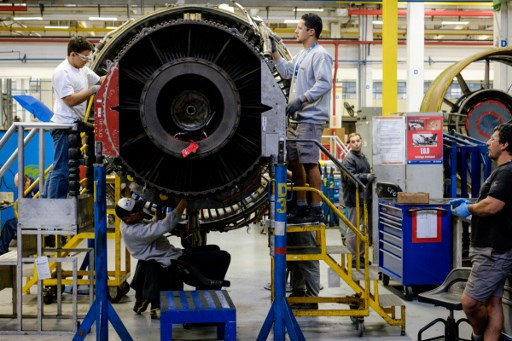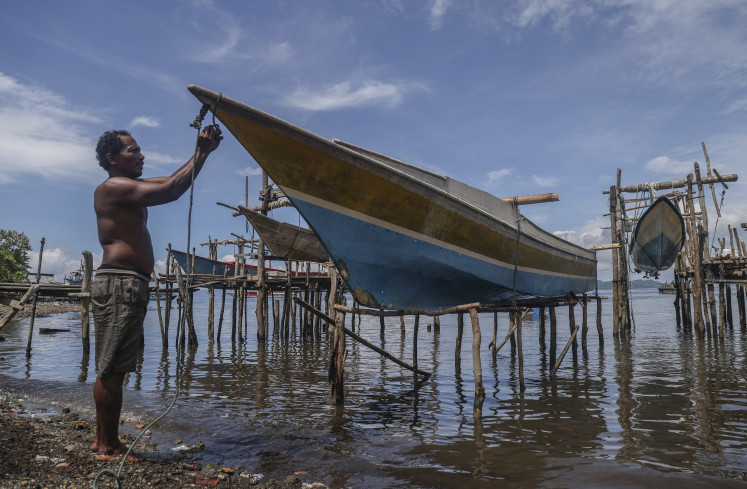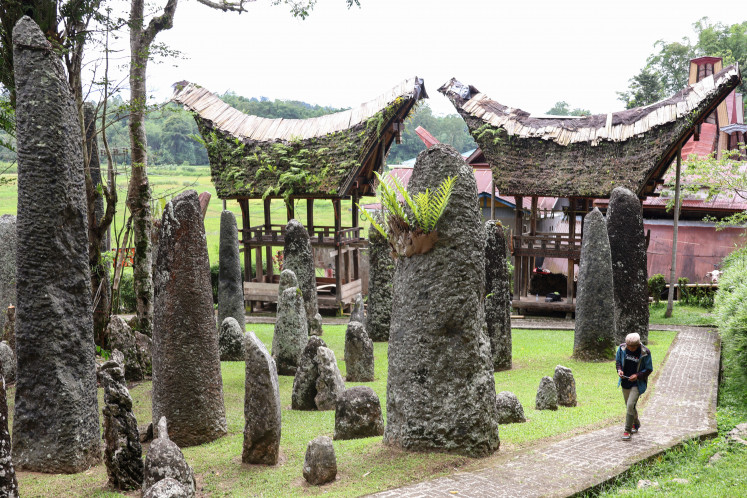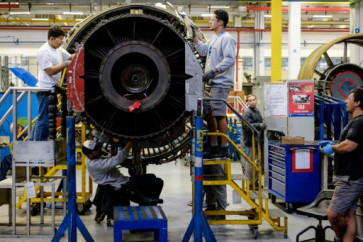Popular Reads
Top Results
Can't find what you're looking for?
View all search resultsPopular Reads
Top Results
Can't find what you're looking for?
View all search resultsMaking flight environmentally, economically sustainable
As with any human activity there is an environmental cost, but flying is not the enemy, carbon is. In capping emissions, it is forecast that CORSIA will mitigate around 2.5 billion tons of CO2 and generate over US$40 billion in climate finance between 2021 and 2035. And the industry is not sitting still.
Change text size
Gift Premium Articles
to Anyone
I
t’s no secret that aviation has come in for a good deal of scrutiny and criticism over its environmental impacts. The flight-shaming phenomenon and proposals for a Green New Deal that would reduce and even replace air travel with other modes of transport have been in the news around the world, not just in Europe and the United States, where they respectively originated.
Less well known is that environmental sustainability has always been high on aviation’s agenda. Today’s new aircraft emit 50 percent less carbon monoxide and 90 percent less smoke and unburned hydrocarbons than those made 50 years ago, while carbon emissions from the average journey are actually half what they were in 1990.
Moreover, since 2008, the industry, including airlines, airports, equipment manufacturers and air navigation services providers, has had a goal to address its 2 percent share of human-caused CO2 by capping net emissions from 2020 and cutting them in half by 2050, compared to 2005 levels.
In 2016, nations of the world working through the International Civil Aviation Organization, (ICAO), the specialized body of the United Nations devoted to civil aviation, agreed on the vision of carbon neutral growth from 2020. The mechanism to achieve it is the Carbon Offset and Reduction Scheme for International Aviation (CORSIA).
At the recently completed 40th ICAO Assembly, member nations reconfirmed their commitment to CORSIA. In addition, ICAO will now start looking at a long-term aspirational goal to cut emissions — so governments and industry will be aligned.
These are momentous developments for the environment, for everyone who flies and for the aviation industry. Demonstrating a commitment to sustainability is critical to earning aviation’s license to grow.
And without growth, aviation cannot spread its many economic and social benefits. This is particularly important in developing nations, where access to air connectivity is crucial to 15 of the UN’s 17 Sustainable Development Goals.

















